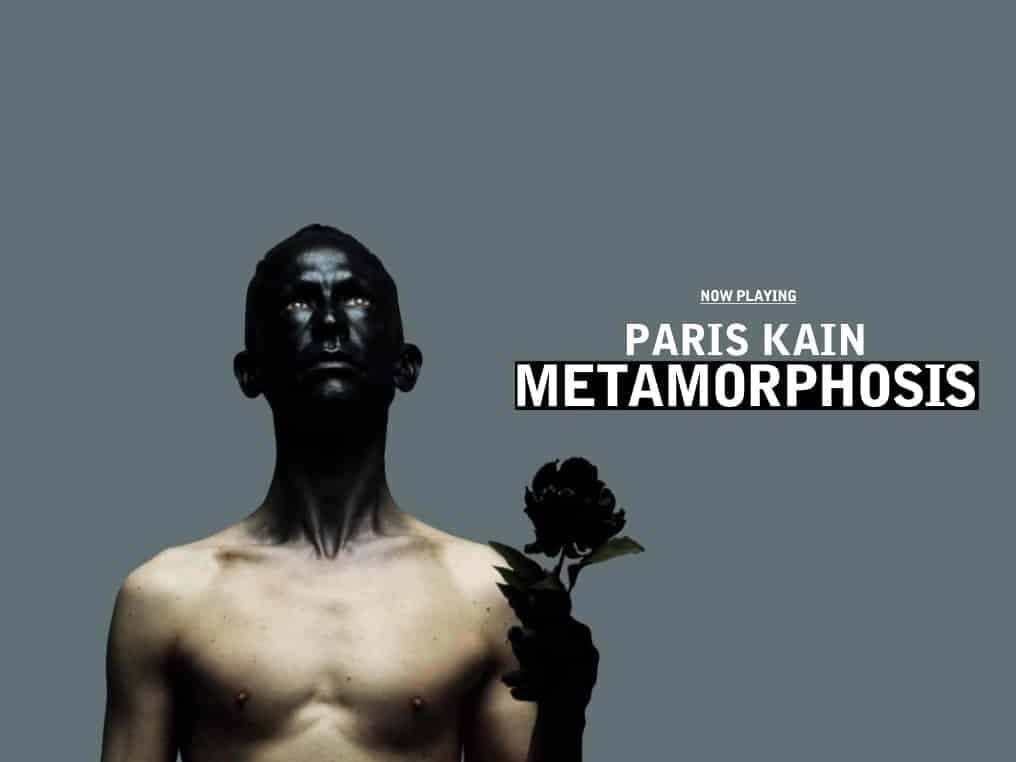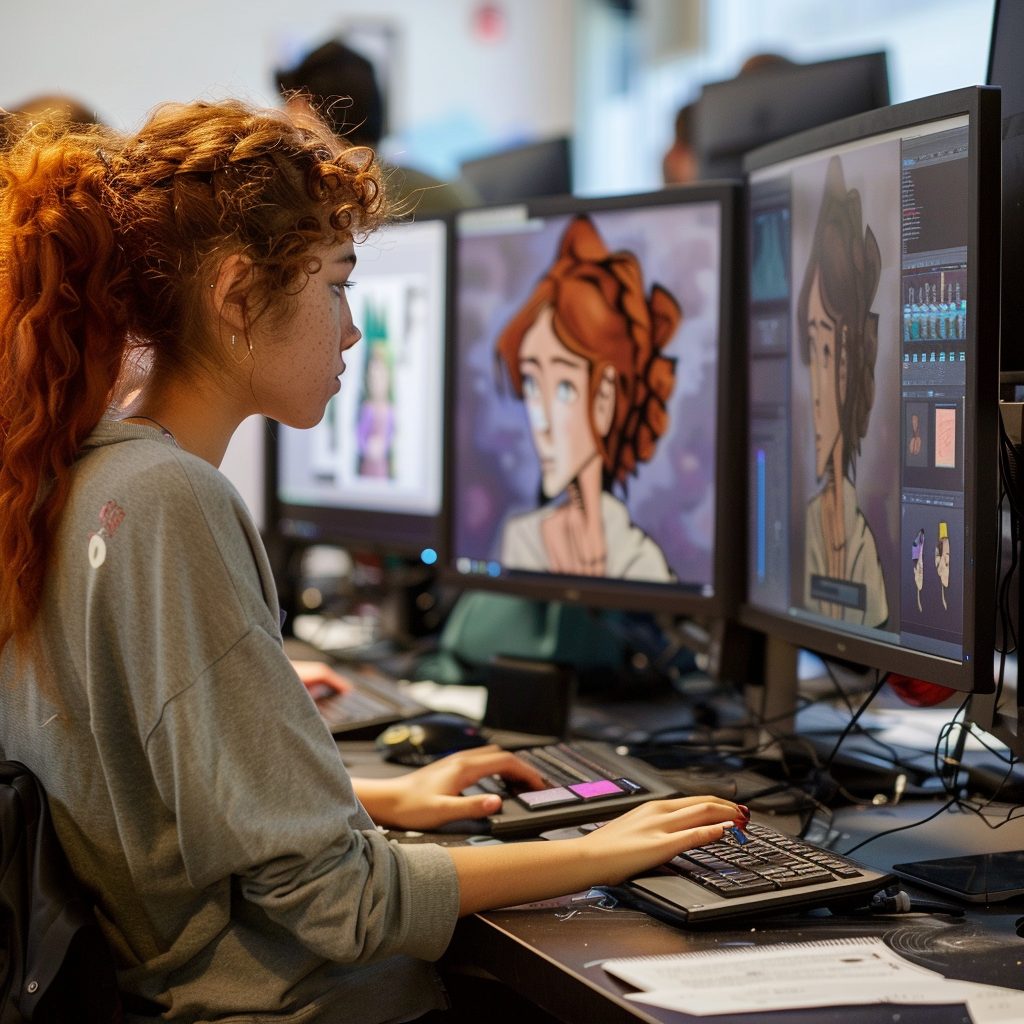Bachelor of Fine Arts: A Comprehensive Guide to US-Based Schools of Art
The pursuit of a Bachelor of Fine Arts (BFA) degree is a transformative journey that allows individuals to explore their creative talents and refine their artistic skills. For those who aspire to make a career in the world of visual arts, performing arts, or other creative fields, enrolling in a BFA program at a reputable institution is a crucial step. In the United States, there is a rich tapestry of institutions that offer BFA programs, each with its unique strengths and offerings. This article explores the world of BFA degrees, the diversity of fine arts programs in the United States schools, and provides valuable insights to help aspiring artists make informed decisions about their education and future careers.
I. Understanding the Bachelor of Fine Arts (BFA) Degree
A. What is a BFA Degree?
The Bachelor of Fine Arts (BFA) degree is an undergraduate program designed to provide students with a comprehensive education in various artistic disciplines. Unlike a Bachelor of Arts (BA) or a Bachelor of Science (BS) degree, a BFA degree is typically more specialized and focused on developing artistic skills and creativity.
B. Advantages of Pursuing a BFA
- Specialized Education: A BFA degree offers a focused curriculum tailored to specific art forms such as painting, sculpture, dance, theater, graphic design, or film. This specialization provides students with a deeper understanding of their chosen field.
- Rigorous Training: BFA programs often include intensive studio practice and hands-on experience, helping students refine their artistic techniques and creative processes.
- Portfolio Development: Many BFA programs prioritize the creation of a professional portfolio, which is essential for showcasing an artist’s talent and securing future opportunities.
- Networking: BFA programs provide opportunities to connect with peers, professors, and industry professionals, creating a valuable network for future collaborations and career opportunities.
- Career Prospects: Graduates with a BFA degree are well-equipped to pursue careers in the arts, which may include becoming professional artists, designers, actors, dancers, or educators.
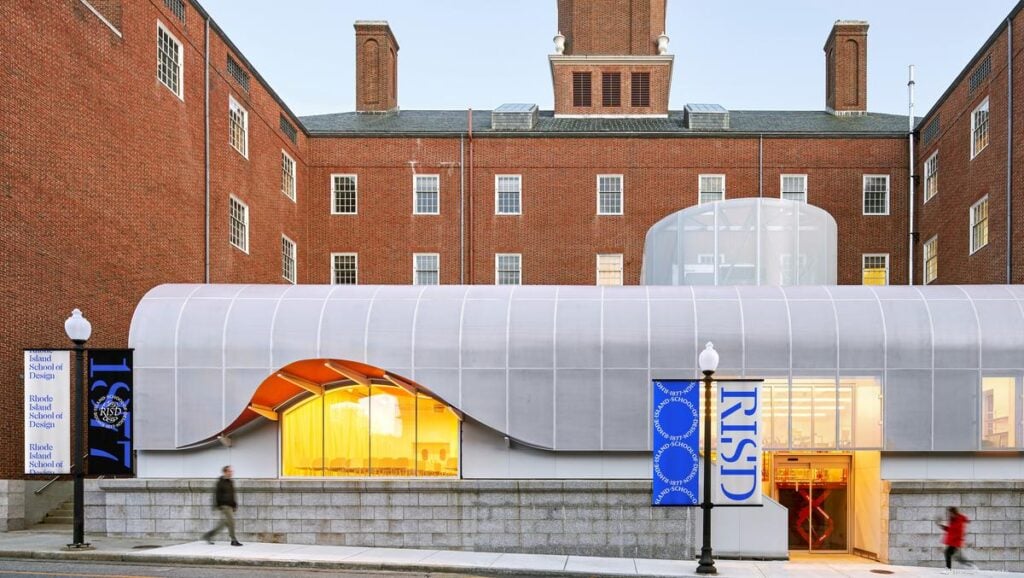
II. Exploring US-Based Schools Offering BFA Programs
The United States boasts a wide range of institutions offering BFA degrees, each with its own strengths and unique characteristics. Let’s explore some of the leading US-based schools known for their fine arts programs:
A. New York University (NYU)
New York University, located in the heart of Manhattan, is renowned for its Tisch School of the Arts. The Tisch School offers BFA programs in film and television, drama, dance, and more. NYU’s prime location provides students with access to countless cultural and artistic opportunities.
B. Rhode Island School of Design (RISD)
RISD is a prestigious art and design school in Providence, Rhode Island, known for its rigorous BFA programs in various visual arts disciplines. The school’s commitment to innovation and creativity makes it a top choice for aspiring artists.
C. School of the Art Institute of Chicago (SAIC)
SAIC, located in the artistic hub of Chicago, offers a diverse range of BFA programs, including painting and drawing, photography, sculpture, and more. Its faculty comprises practicing artists and designers who mentor students in their creative journeys.
D. California Institute of the Arts (CalArts)
CalArts, nestled in the vibrant arts scene of Los Angeles, is a haven for students interested in performing and visual arts. BFA programs in areas like animation, dance, and music provide a platform for innovation and experimentation.
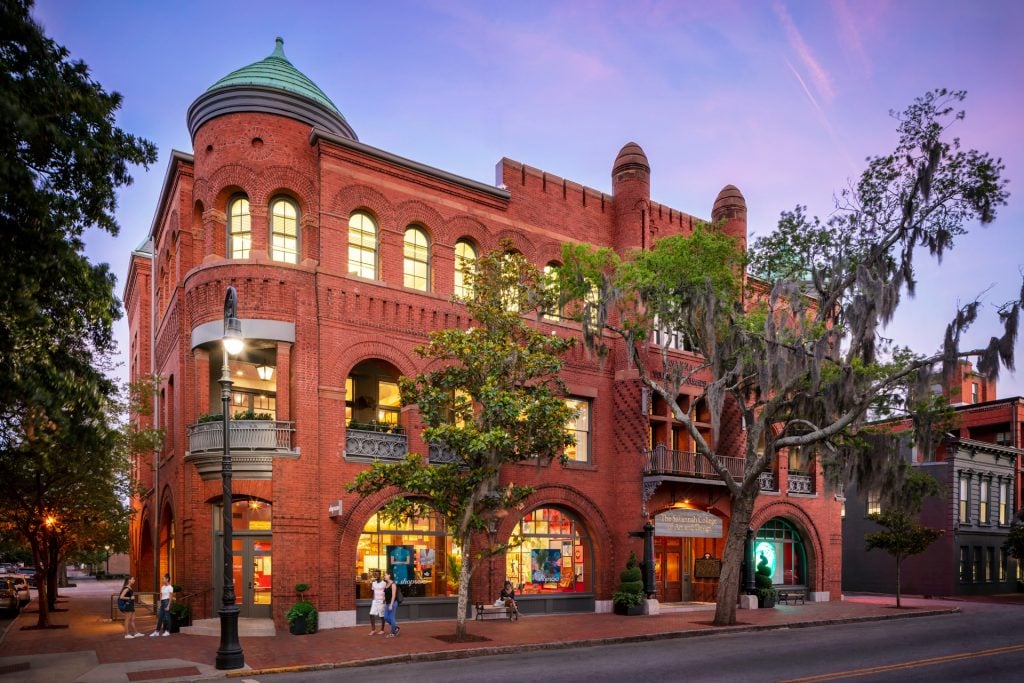
E. Savannah College of Art and Design (SCAD)
SCAD, with campuses in Savannah, Atlanta, and locations around the world, offers comprehensive BFA programs in numerous artistic disciplines. Their commitment to student success and a collaborative environment makes it an excellent choice for artists.
F. University of Texas at Austin
The University of Texas at Austin’s College of Fine Arts offers BFA programs in art, design, theatre and dance, and music. The university’s connection to the vibrant arts community in Austin provides students with numerous opportunities for exposure and growth.
G. Pratt Institute
Pratt Institute in Brooklyn, New York, is known for its strong BFA programs in areas such as graphic design, industrial design, fine arts, and digital arts. Its commitment to fostering creativity and innovation has made it a reputable choice for artists.
H. Maryland Institute College of Art (MICA)
MICA, located in Baltimore, offers a range of BFA programs in visual arts, design, and media arts. Its commitment to social engagement and the exploration of new artistic frontiers sets it apart.

I. School of Visual Arts (SVA)
SVA, situated in the heart of New York City, is renowned for its BFA programs in areas like animation, fine arts, and graphic design. The school’s close ties to the art and design industries provide students with real-world exposure.
J. Boston University
Boston University’s College of Fine Arts offers BFA programs in various artistic disciplines, including theatre, visual arts, and music. Its prime location in Boston provides students with a wealth of cultural and artistic resources.
III. Choosing the Right BFA Program
Selecting the right BFA program is a crucial decision in an artist’s educational journey. Here are key factors to consider when evaluating your options:
A. Specialization
Determine your preferred artistic discipline, whether it’s visual arts, performing arts, or design. Choose a program that aligns with your passion and career goals.
B. Faculty and Facilities
Research the faculty’s credentials and the quality of facilities and resources available to students. Exceptional instructors and well-equipped studios can greatly enhance your learning experience.
C. Curriculum
Review the curriculum to ensure it covers a wide range of skills and knowledge related to your chosen field. Look for a program that balances theory and practice.
D. Portfolio Development
Check if the program offers opportunities to build a strong portfolio, as this is crucial for future career prospects. Practical experience and exhibition opportunities are invaluable.
E. Location
Consider the school’s location and its impact on your artistic development. Urban settings may offer more cultural opportunities, while rural locations may provide a quieter environment for focused creativity.
F. Financial Considerations
Evaluate the cost of tuition, availability of scholarships, and financial aid options. Balancing your artistic dreams with financial realities is essential.
G. Alumni Success
Research the success of alumni from the program. Graduates who have made their mark in the art world reflect the program’s quality and potential for launching successful careers.
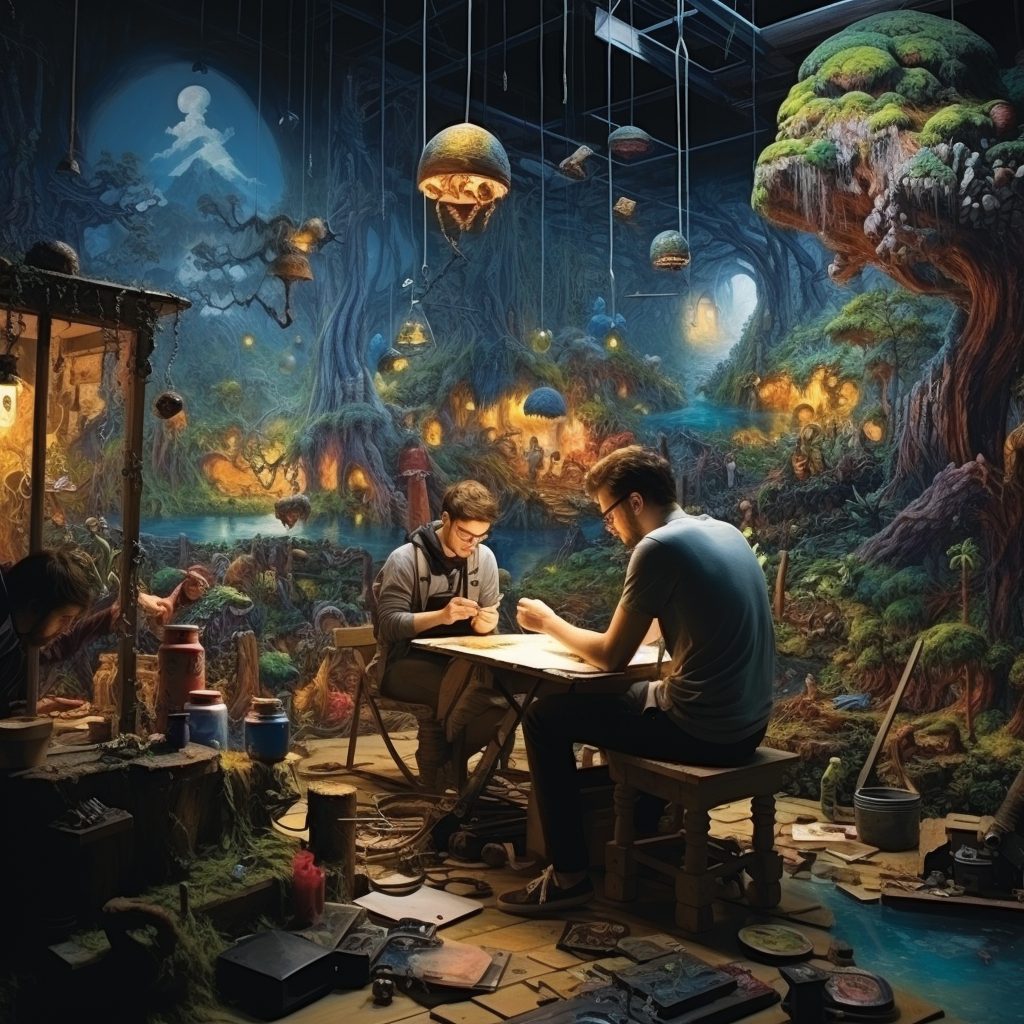
IV. The Creative Journey
A. Studio Experience
BFA programs are known for their studio-centric approach. Students engage in practical, hands-on work, guided by experienced faculty members. The studio experience fosters creativity, self-expression, and skill development.
B. Collaboration
Collaboration is a hallmark of many BFA programs. Artists often work with peers from different disciplines, fostering a dynamic creative environment. Collaborative projects enhance problem-solving and broaden artistic horizons.
C. Critiques and Feedback
Regular critiques provide students with valuable feedback on their work. Constructive criticism helps artists refine their techniques, develop a critical eye, and gain insights into their artistic journey.
D. Portfolio Building
BFA programs emphasize the development of a professional portfolio. A strong portfolio is essential for showcasing your work to potential employers, galleries, or graduate programs.
V. Career Opportunities
A. Artistic Careers
Graduates of BFA programs have the opportunity to pursue careers as professional
artists, designers, illustrators, and more. The specialization gained during a BFA program equips them for success in their chosen field.
B. Arts Education
Many BFA graduates choose to become educators, sharing their knowledge and passion for the arts with the next generation. Teaching at schools, colleges, or through private studios is a fulfilling career path.
C. Further Education
Some BFA graduates opt to continue their education by pursuing a Master of Fine Arts (MFA) degree. An MFA offers advanced training and is often required for teaching at the college level or for certain art-related positions.
D. Art Administration
A BFA degree can open doors to roles in art administration, museum curation, gallery management, and arts marketing. Graduates can work behind the scenes in the art world, promoting and preserving culture.
E. Entrepreneurship
The creative skills honed in a BFA program can lead to entrepreneurship. Artists may establish their own studios, galleries, or design firms to showcase their work and generate income.
VI. Challenges and Considerations
A. Financial Investment
BFA programs can be costly, and students should carefully consider their ability to fund their education. Scholarships, grants, and financial aid can help alleviate the financial burden.
B. Competitive Industry
The arts industry is highly competitive, and success often requires persistence and determination. Building a reputation and a steady income may take time.
C. Evolving Technology
Artistic fields are influenced by evolving technology, which means artists must stay up-to-date with digital tools and software to remain competitive.
D. Personal Growth
Artistic education often involves self-discovery and personal growth. Students may face challenges related to criticism and self-doubt but, in the process, develop resilience and self-confidence.
Pursuing a Bachelor of Fine Arts degree is a transformative and rewarding journey for those with a passion for the arts. US-based schools offer a wealth of opportunities to aspiring artists, providing a diverse range of programs and experiences. Choosing the right program, whether in the heart of a bustling metropolis or nestled in a serene campus, is a crucial decision that can shape an artist’s career.
The BFA experience is not just about honing technical skills but also about exploring the depths of creativity, collaborating with peers, and developing a professional portfolio that will serve as a passport to the world of art. The challenges and competition should not deter aspiring artists but motivate them to be resilient, innovative, and true to their creative vision.
A Bachelor of Fine Arts degree is more than an academic pursuit; it’s a lifelong commitment to the arts, a journey that unfolds as artists continue to create, express, and inspire.
In the world of fine arts, the BFA is the first stroke on the canvas, setting the tone for a lifetime of artistic exploration and innovation. It’s a degree that paves the way for creativity to flourish, for dreams to take shape, and for the extraordinary to be born from the ordinary. It’s a degree that embarks on a journey of infinite possibilities in the world of art.
In the end, the Bachelor of Fine Arts is not just a degree—it’s a testament to the artist’s unyielding spirit and their dedication to the craft, a proclamation to the world that they are here to make their mark, one masterpiece at a time.
More about Art Programs:
Best Photojournalism Schools in America
